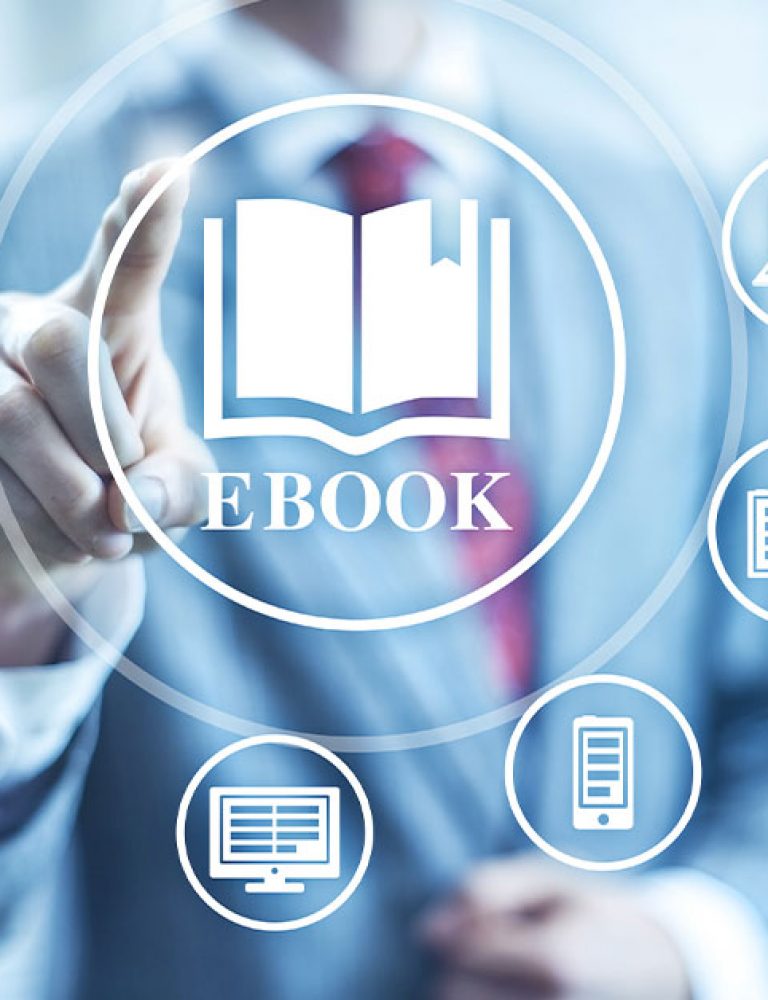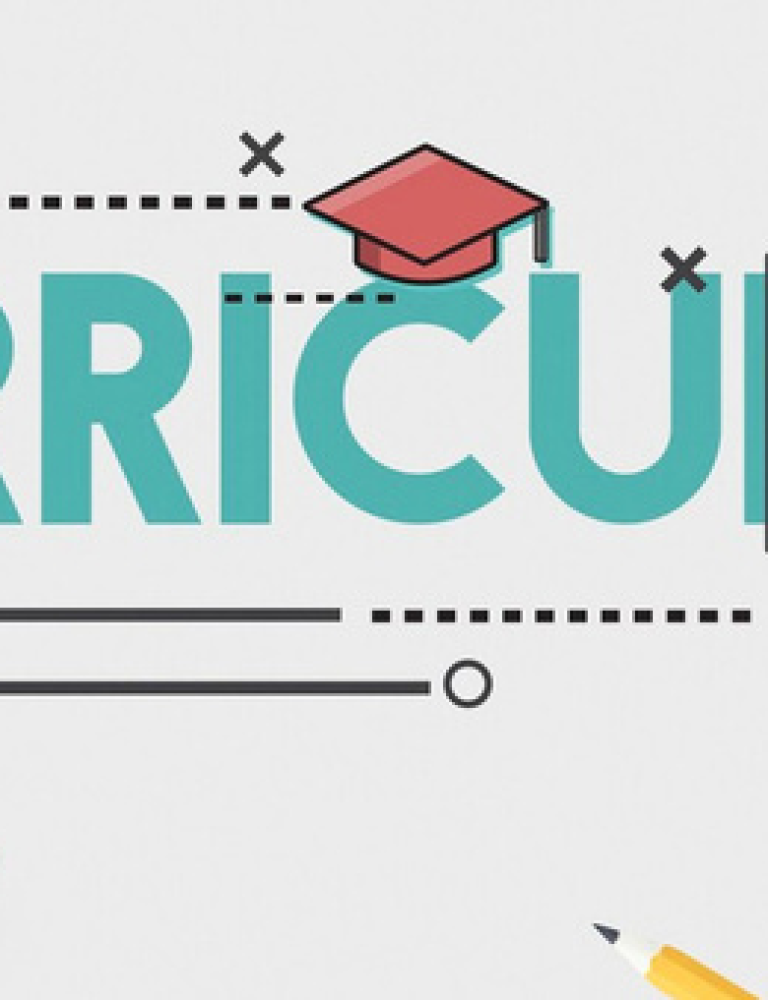The rise of digital publishing tools has revolutionized education, opening up several new avenues for instructors to address learning gaps in K-12 education while also empowering the students to take control over their learning. In a traditional classroom, the instructor uses the lecture method to deliver lessons, accompanied by some presentations or static teaching tools. However, as is always the case, some students are faster learners than others and gradually learning gaps seep in. As a consequence, students begin to lose interest and the learning gaps continue to amplify. In a traditional classroom setting, it is also virtually impossible for the instructor to give individual attention to each student and address their concerns. The current COVID 19 situation has further exacerbated these inequalities with potentially long-term implications. The situation requires immediate redressal. While there are several steps that need to be taken, digital publishing tools can help to address learning gaps in K-12 education.
Digital publishing tools support K-12 learning in several ways. Here, we look at some of them.
Personalization: One of the primary reasons for gaps in K12 education is the fact that all learners have different learning speeds and the ability to grasp content. With digital publishing tools, you can create personally relevant content with various difficulty levels, alternative learning pathways, along with choices for support and guidance. An example of this is gamifying course content. Gamification is a learning form which takes its origin from the popular video games that the young generation is completely hooked to. Similar to these games, gamified content has branching scenarios and levels that allow the learners to experiment and explore different paths, learn from their mistakes, and course-correct till they reach the final learning goals. The advantages of such personalization of content are that students can proceed at their own pace, explore various options, and learn by doing. The added benefit is that gamification content is entertaining, fun and immersive, drawing in the learners and challenging them forward on their learning journey. The learners are not passive absorbers of knowledge but active participants in the learning. As a result, they are able to retain the learning outcomes for the long run.
Inclusive learning: The learning gaps seen in K 12 learners can also be attributed to the non-availability of resources to the students with disabilities. Digital publishing tools can help to address these gaps. Several countries have implemented guidelines to ensure that educational content is inclusive for students with all disabilities. With digital publishing tools, you can add audio-visual content, captions and audio descriptions. These tools, therefore, help to ensure a level playing field for all learners such that students with disabilities are not left out and have fair access to education and resources.
Simplify complex concepts: Digital publishing tools can also help to simplify complex concepts through presentations, infographics, animations and live videos. 3D technology can bring alive abstract concepts, making it simple for students to visualize and understand them. Then again, technologies such as AR and VR allow students to learn by doing in a safe virtual environment in which they can make and learn from their mistakes.
Greater access to resources: Digital publishing tools also make it possible to access resources to support learning. For instance, text in the content can be cross-referenced to other modules or even hyperlinked to external learning resources on the Internet. Students can refer to these resources for clarification or further learning. Also, these tools allow access to subject experts and external communities with whom students can connect to debate and discuss. With these interactions, they can break the barriers of culture, expand their understanding of the world, and develop global insights and competence.
Also Read: 9 Reasons Why Publishers Should Move to Digital eBook Libraries
Improve skills: K12 education is not just limited to gaining knowledge, it is equally about gaining skills. With digital publishing tools, they can harness their skills in areas of interest such as creative writing, computer-assisted design, photography, composing music, designing websites, and much more. Thus, learning is not restricted to the classroom and students have access to the resources to build on their areas of interest.
Benefit from feedback and assessment: In the traditional classroom, an instructor cannot give individual attention to all students and address their areas of concern. In some cases, students are even hesitant to discuss their pain areas in the class. Digital publishing tools increase the ability of the instructor to interact with the students on one to one basis. For instance, students can post their queries on chat. These tools also have data analytics and reporting tools that can analyze students’ performance based on assessments and share feedback with the students, teachers, and parents. Accordingly, the stakeholders can use the information to plan the roadmap ahead and address the learning gaps.
Extended learning: With digital publishing tools, learning is not just restricted to the classroom. These tools also provide homework support and access to educational support and resources no matter where the learners are. These tools can also engage families by sharing feedback and resources that can support the home literacy environment.
The digital era has helped to bridge divisions in society by ensuring more equal access to resources. Greater access to the Internet and smartphones has ensured that people are now consuming their content online. Digital publishing tools have made it possible to design responsive educational content that students can access on their phones, any time and anywhere. Thus, education is no longer restricted to the classroom and students are no longer dependent on their instructors and peers for knowledge and interaction. Digital publishing tools have made it possible for them to take control over their learning, and learn at their own pace. They have also helped to design personalized learning experiences, allowing learners to learn by doing and close their learning gaps. Besides, they have also ensured a more inclusive learning environment for students with disabilities allowing access to resources that they could not otherwise access. Then again, they have allowed conversations across geographical boundaries giving students a global perspective. Finally, they have also helped to bring the learners, teachers, and families to the table, allowing all to work together towards closing the learning gaps in K 12 education.
Discover How An Ebook Conversion, Publishing & Distribution Platform Can Help You
Kitaboo is a cloud-based content platform to create-publish & securely distribute interactive mobile-ready ebooks.
You May Also Like







